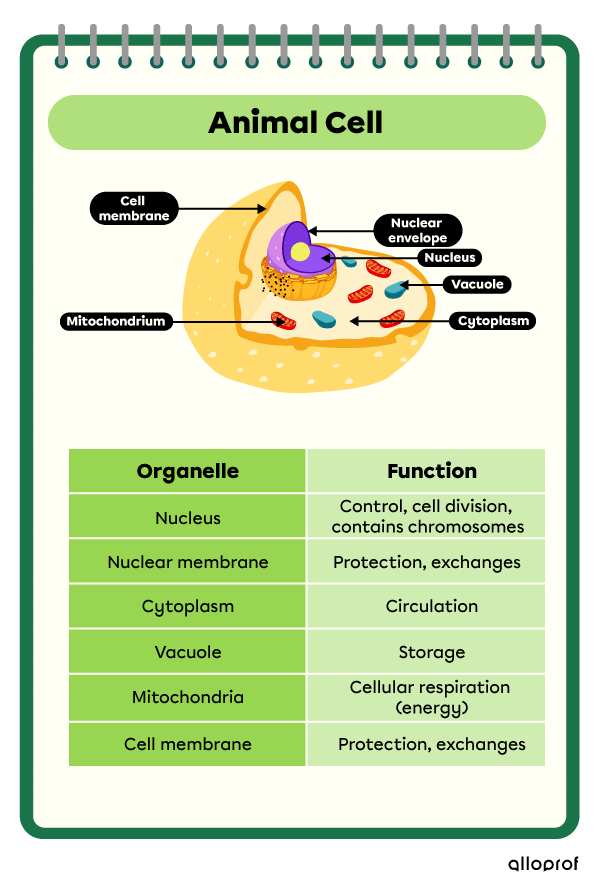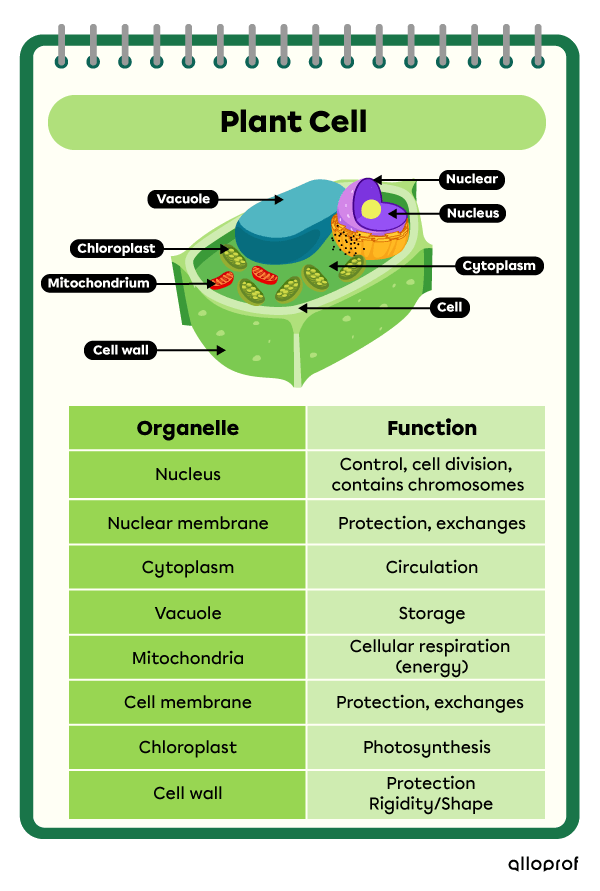This Crash Course focuses on the characteristics of living things and the structure of animal and plant cells. You can use the interactive videos, recap and practice questions to review this topic.
The first part of this Crash Course reviews the 7 characteristics of living things.
In order for something to be considered a living thing, all 7 characteristics must be present.
-
All living things are made of cells.
-
All living things need energy.
-
All living things exchange substances with the environment.
-
All living things react to stimuli.
-
All living things grow and develop.
-
All living things reproduce.
-
All living things adapt and evolve.
The second part of this Crash Course reviews the general structure of animal and plant cells, as well as the main differences between them.
All animals, including humans, are made of animal cells, which usually have a round shape. The main organelles of an animal cell and their functions are identified in the following diagram.

All plants are made of plant cells, which usually have a boxy shape. The main organelles of a plant cell and their functions are identified in the following diagram.
In addition to all the organelles present in animal cells, plant cells contain chloroplasts and a cell wall. There is only one large vacuole in a plant cell.
